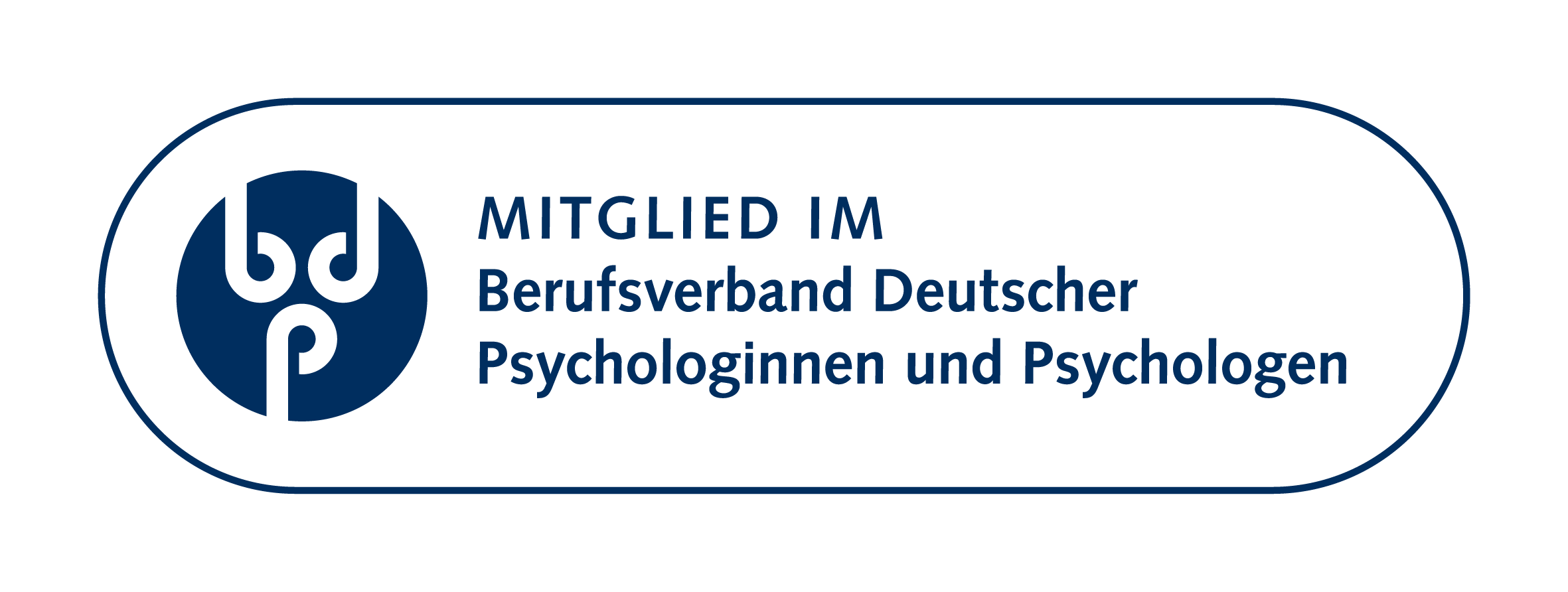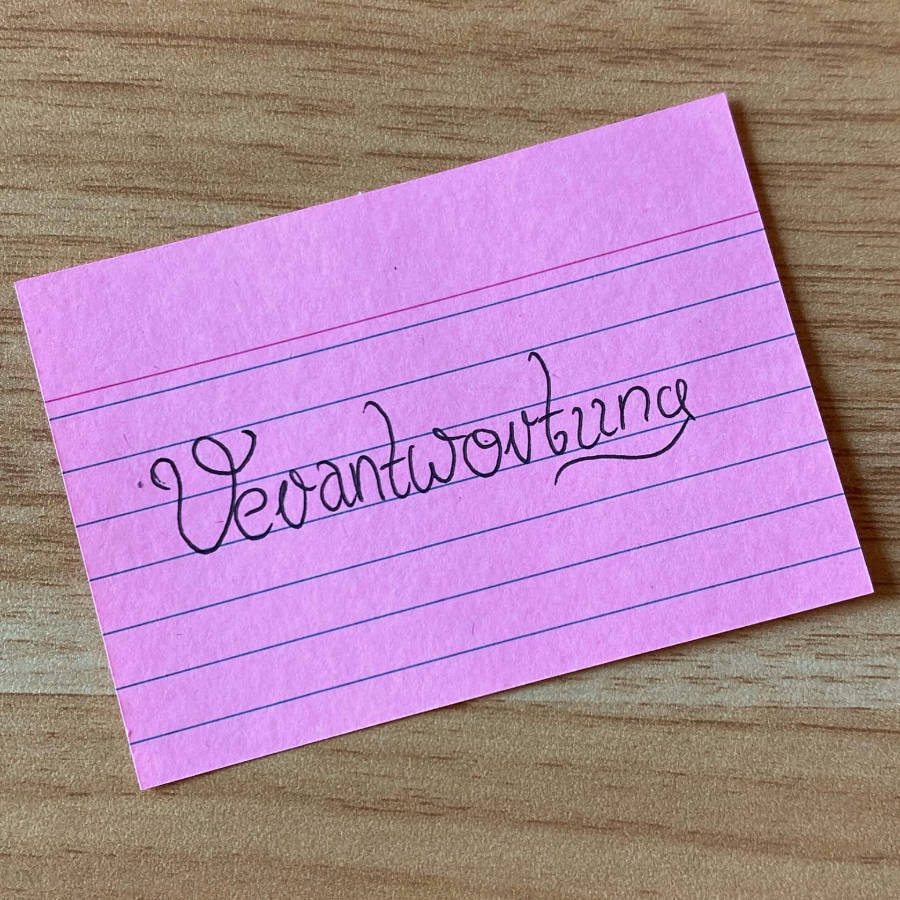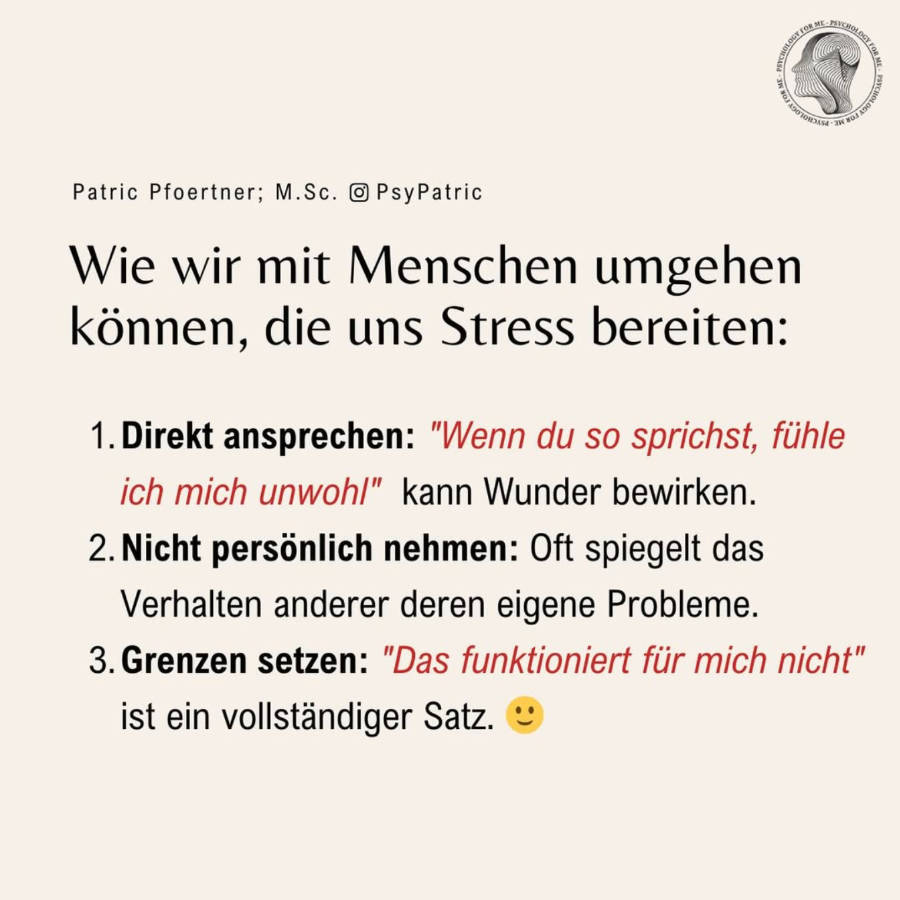Understanding Blushing Anxiety: A Path to Confidence
As a psychologist, I often encounter individuals who experience significant distress over something as natural as blushing. While a momentary flush is a normal physiological response, for some, the mere fear of blushing—known as erythrophobia or blushing anxiety—can become a source of intense self-consciousness and social avoidance. If you've taken our self-assessment, you've already taken a courageous step towards understanding these feelings.
It's important to remember that you are not alone in this experience. Many people struggle with the perception of their own physical reactions in social settings. This test is designed to offer a compassionate lens through which you can examine your relationship with blushing and its impact on your life. Let's explore some common questions surrounding this often misunderstood phenomenon:
- What exactly is blushing anxiety?
- Why do I seem to blush so easily?
- Is it possible to control or stop blushing?
- When should I consider seeking professional help for blushing anxiety?
What exactly is blushing anxiety?
Blushing anxiety isn't just about blushing; it's about the intense fear of blushing. This fear can lead to a cycle of worry, self-monitoring, and avoidance. People with blushing anxiety often believe that blushing is a sign of weakness, embarrassment, or that it will be negatively judged by others. This preoccupation can significantly impact one's confidence and willingness to engage in social situations, sometimes overlapping with broader social anxiety.
Why do I seem to blush so easily?
Blushing is an involuntary physiological response, a rush of blood to the face, often triggered by emotions like embarrassment, anger, or even excitement. For those with blushing anxiety, the nervous system might be hyper-responsive to perceived social threats. Anticipatory anxiety about blushing can itself trigger the very reaction one fears, creating a frustrating loop. It's not a sign of moral failing, but rather an overactive "fight or flight" response in social contexts.
Is it possible to control or stop blushing?
While directly controlling the physiological act of blushing is very difficult, you can absolutely learn to manage your reaction to blushing and reduce the associated anxiety. Strategies often focus on shifting your perception of blushing, reducing self-monitoring, and gradually exposing yourself to feared situations. Techniques from cognitive behavioral therapy (CBT) are particularly effective in helping individuals challenge unhelpful thoughts about blushing and develop coping mechanisms.
When should I consider seeking professional help for blushing anxiety?
If your fear of blushing is causing significant distress, leading to social avoidance, impacting your career or relationships, or making it difficult to pursue your goals, it's a strong indication that professional support could be beneficial. A mental health professional, especially one specializing in anxiety disorders, can provide tailored strategies, such as exposure therapy, mindfulness, and cognitive restructuring, to help you reclaim your confidence and freedom.
This self-assessment offers a valuable starting point to:
- Identify the extent to which blushing anxiety affects your life.
- Gain initial insight into your specific patterns of thought and behavior.
- Empower you to consider next steps towards greater well-being and confidence.
Remember, understanding is the first step towards change. Be kind to yourself throughout this process. Your emotional well-being is paramount, and support is available.
























